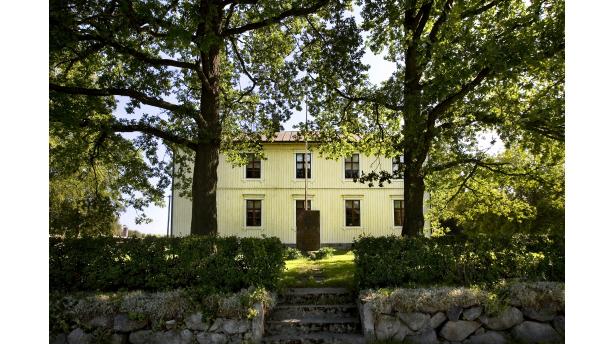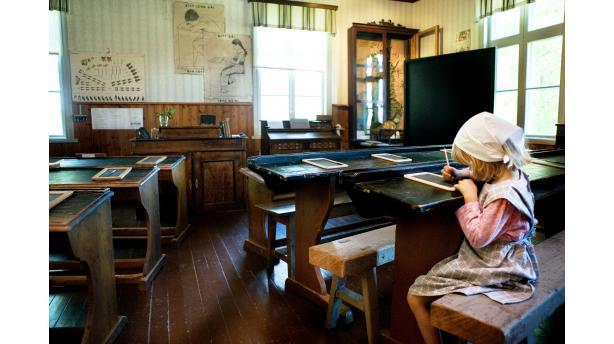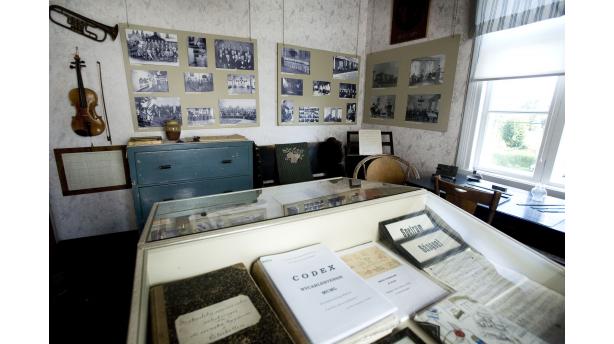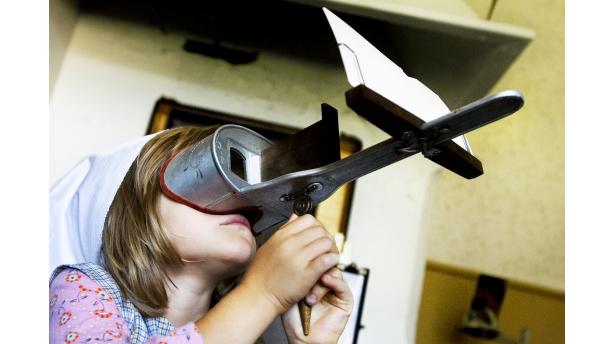Museum A-Ö » Religion and society » Finland’s Swedish School Museum
Finland’s Swedish School Museum




Did you know...
The school’s library was one of the largest among Finland’s primary schools, and most of the books have been preserved.
The first Swedish-speaking Ostrobothnian primary school was established in Munsala in 1862. Nowadays the school functions as a museum, which displays with the help of everyday utensils and classrooms furnished in the old style, how school was formerly attended and how primary school has developed in the Swedish-speaking regions of Finland. On view is everything possible from a tactile map in a typical 1860s classroom to the first computers used in school teaching.
The first Swedish-speaking primary school in Finland was founded by journalist and self-taught teacher Anders Svedberg (1832-1889). Svedberg worked as a teacher in the Munsala itinerary school for some years, after which he established a school of his own in Storsved in 1862. The school became the forerunner of the Finnish school world. Before the arrival of the primary schools education was given at home or in itinerary schools. The teaching was done by priests, church officers or self-educated teachers, who taught the people to read and write.As the designer of the Munsala school building was chosen provincial architect C.A. Setterberg, who had devised the town plan of the city of Vaasa.
People desiring to become teachers applied from many districts to Svedberg’s school in order to be able to act as teachers, before the teacher training was transferred to the seminar founded in Nykarleby in 1873. The students could also come from afar. The youngest pupils were 10 years and the oldest around 40 years old. At the school was a dormitory for boys, whereas the girls stayed in a board and lodging on the farms of the vicinity.
The warming of the school house was one of the students’ chores. The firewood had to be chopped and carried in and the tile stove warmed up. The teacher usually resided at the school. The pupils learned new subjects, such as geography, natural science and history, but exercising and music were also an important part of the school life. Preserved at the museum is for instance the school’s original harmonium.
Among the pearls of the museum are the genuine Stone Age axe used as educational material and the school’s long benches, which were used in the beginning before the desks seating two were introduced.
The school has functioned as a museum since the year 1976. The building is well-preserved and practically in its original state, therefore it offers a convincing stage for a time travel into an old time school day. Time travels are arranged upon request. Special exhibitions on various school subjects are organized annually at the museum, and for instance old school books are placed on view then. During the Nykarleby culture week the museum has an open house, and in the summer sing-along evenings and a home region festival are set up. For primary school children there is a “History Scouts” club, which gets together during the school year to explore the customs and habits of old times.



